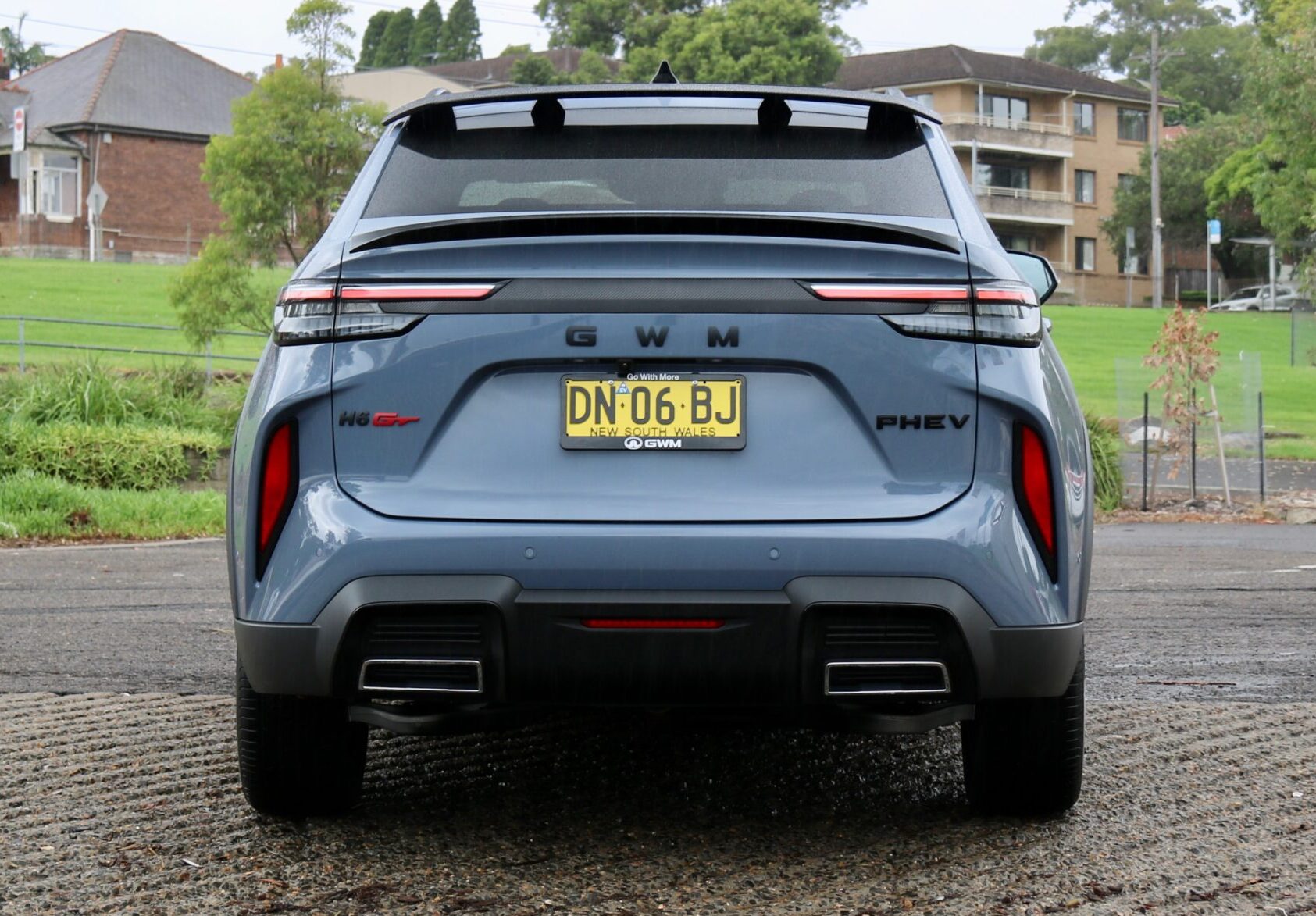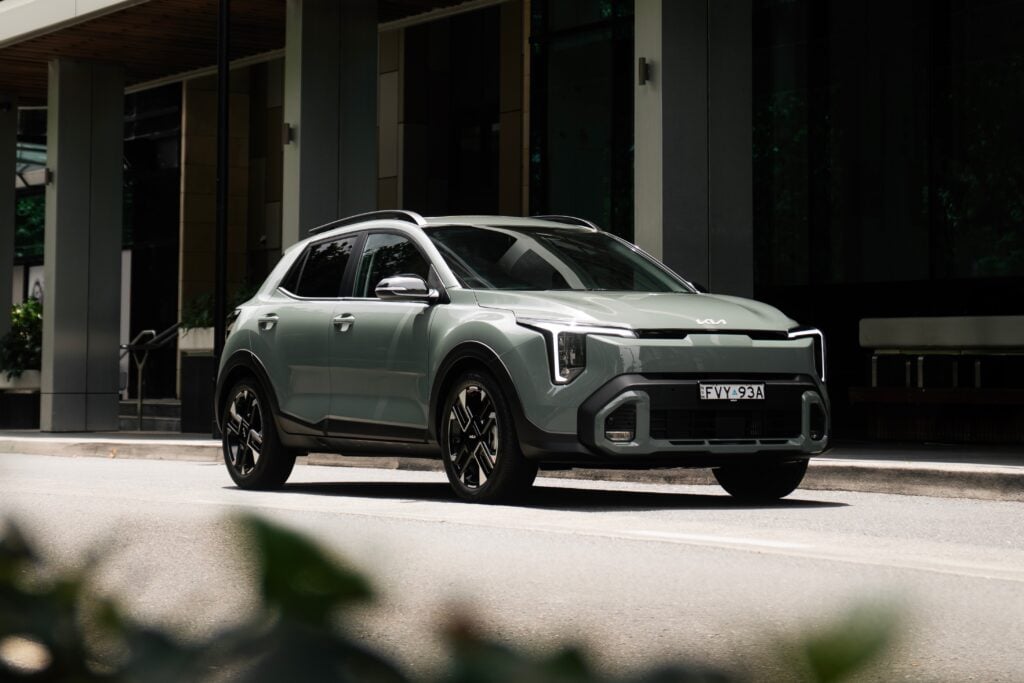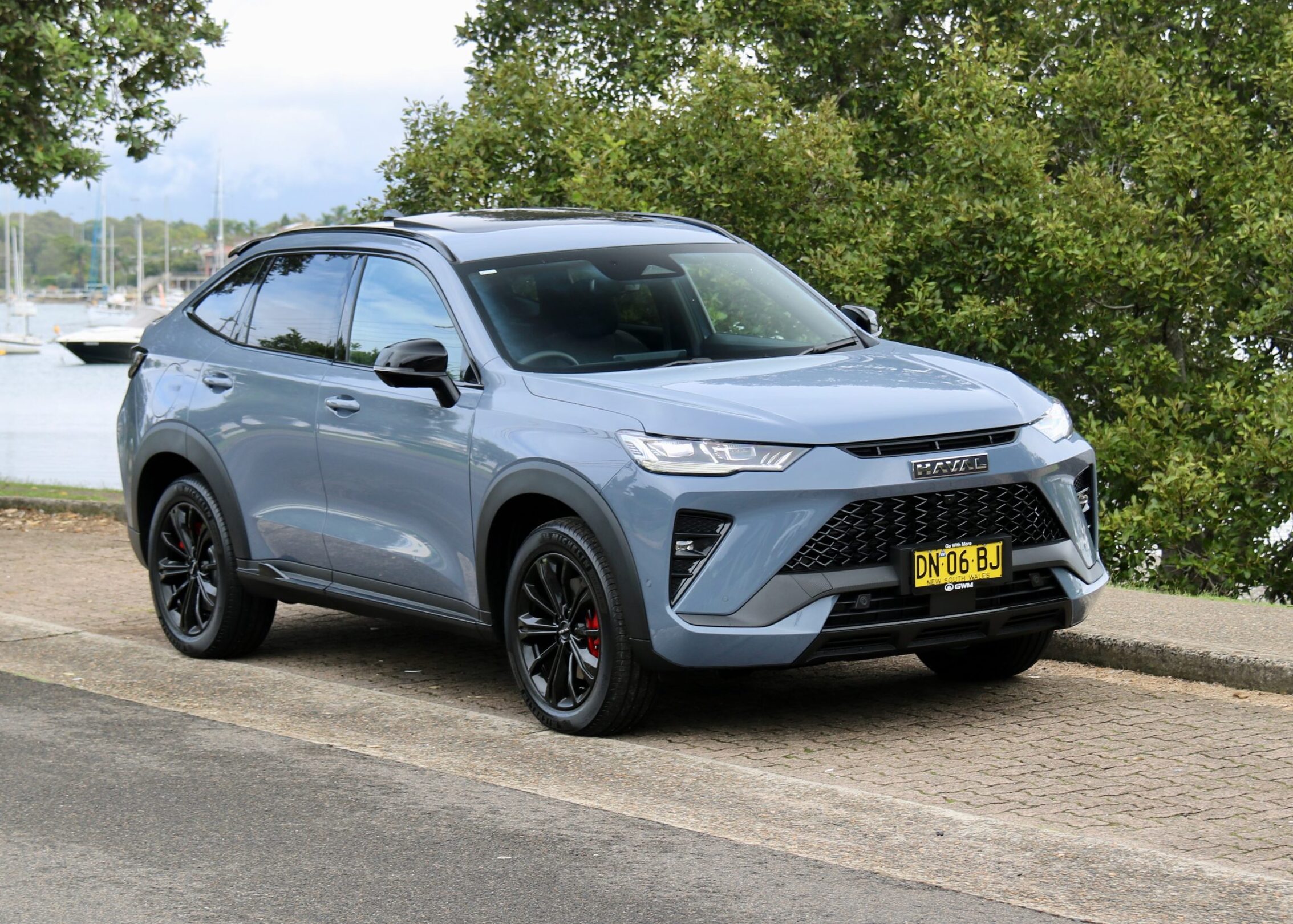
Things we like
- Stonking performance
- Very well priced
- Excellent claimed EV-only range
Not so much
- Dynamics need revising
- Unintuitive infotainment system
- Lacklustre side and rear visibility
A glance at the sales figures shows Australians have cooled on choosing electric power when purchasing a new vehicle but their advantages remain clear: fuel-free (from the tailpipe) emissions, stronger performance, reduced running costs and in some cases, a similar purchase price.
But not everybody has access to effective charging infrastructure and for that reason, plug-in hybrids (PHEVs) can be a great option to lessen emissions and not rely on EV chargers. GWM is the latest to launch a new PHEV locally with the Haval H6GT.
The regular H6 and coupe-styled H6GT mid-size SUVs feature a big cabin, lots of equipment and a low starting price: a RAV4-sized car for just $30,990 drive away has strong appeal. The coupe H6GT is priced from $44,990 drive away – more expensive than the wagon H6 but better equipped and quite unique in the segment.

The new plug-in hybrid is priced from $53,990 drive away and uses a turbocharged 1.5-litre four-cylinder petrol engine and electric dual-motor all-wheel drive system for massive outputs, or more than double that of the regular H6. We’ve not seen those sort of numbers for such a reasonable price since the VF Holden Commodore SS, immediately giving the H6GT some appeal to power-hungry Australian motorists.
Standard equipment in the H6GT PHEV is generous with 19-inch alloy wheels, multiple driving modes, launch control, automatic all-LED lighting, a panoramic sunroof, an electric tailgate, electric front seats with heating and ventilation, suede and leather upholstery, a 10.25-inch digital driver’s display, a 12.3-inch touchscreen and a head-up display. Safety kit includes a front centre airbag, AEB, adaptive cruise, blind-spot monitoring and a 360-degree camera. So far, so good.
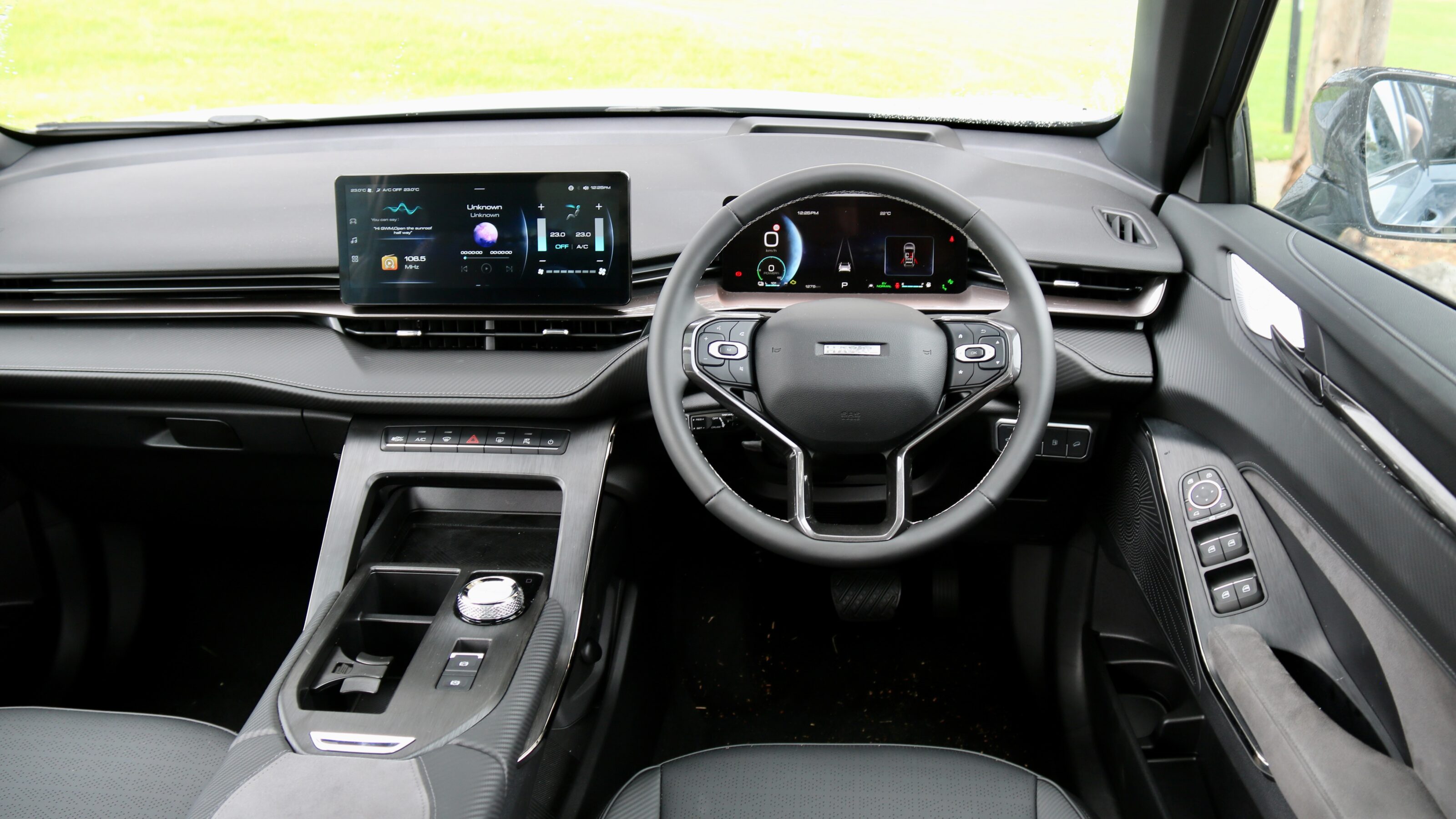
The cabin of the H6GT PHEV makes a positive impression with solid build quality, exotic materials like suede trim and a long list of equipment. The fake carbon trim is a bit gaudy, but it otherwise feels appropriately sporty to match the performance, unlike the petrol H6GT.
The 12.3-inch touchscreen needs a revamp, however, offering confusing menus, dark lighting and small fonts that make it difficult to see on bright days. It also lacks wireless smartphone mirroring and live services – so you can access the charging from your phone – but otherwise features sat-nav and digital radio.
Practicality is excellent with ample storage space in the front cabin and plenty of leg- and headroom for taller occupants in the rear seat. The 392-litre bootspace is well proportioned and opens up a healthy 1,390L with the seats folded, though the boot lip is quite high so loading in heavy luggage can be frustrating.

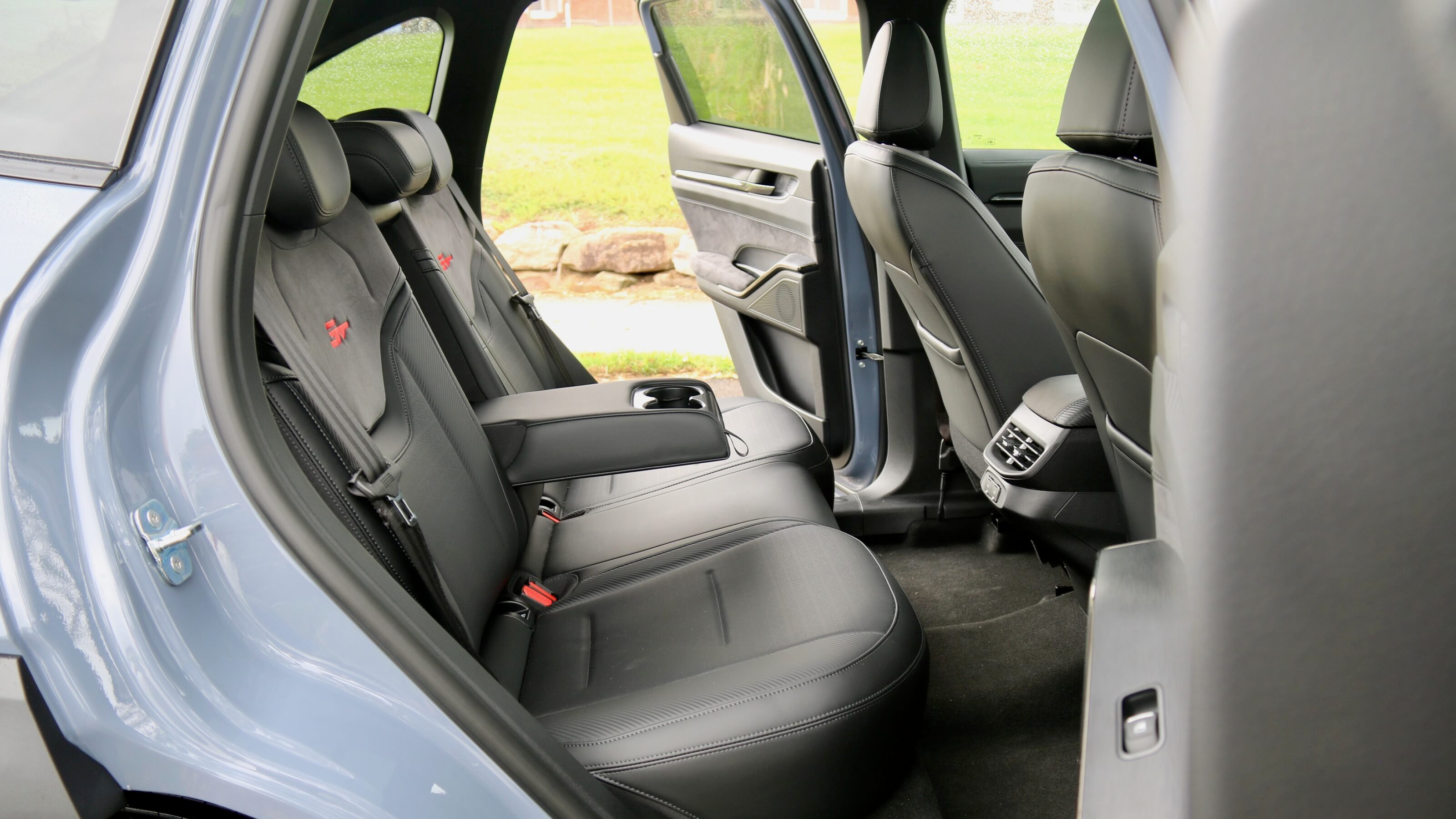
On the road, things are mixed for the H6GT PHEV. Its 395kg weight gain over the regular H6GT can be felt through the suspension – it doesn’t react to bumps quite as quickly and it’s stiff, likely to accommodate for the extra weight. Dynamically, the H6GT is not that fun to drive and the PHEV’s extra weight dulls the fun factor further: it’s far more impressive in a straight line. The steering is quick but offers little feel, and we think that GWM’s incoming Australian suspension tuning program will do wonders for its range.
The drivetrain offers more satisfaction. Combining a 1.5-litre turbo-petrol engine with dual electric motors for 321kW/762Nm total outputs means that it’s fast with a claimed 0-100km/h sprint time of just 4.9 seconds. But it’s also capable of a claimed 180km of electric-only range and can be DC fast charged at up to 48kW for a 30 to 80 per cent charge in as little as 26 minutes. We found the EV range to be fairly accurate in the real world as well, though it’s not that efficient in either electric or hybrid modes, returning around 25kWh/100km and 6.5L/100km respectively.
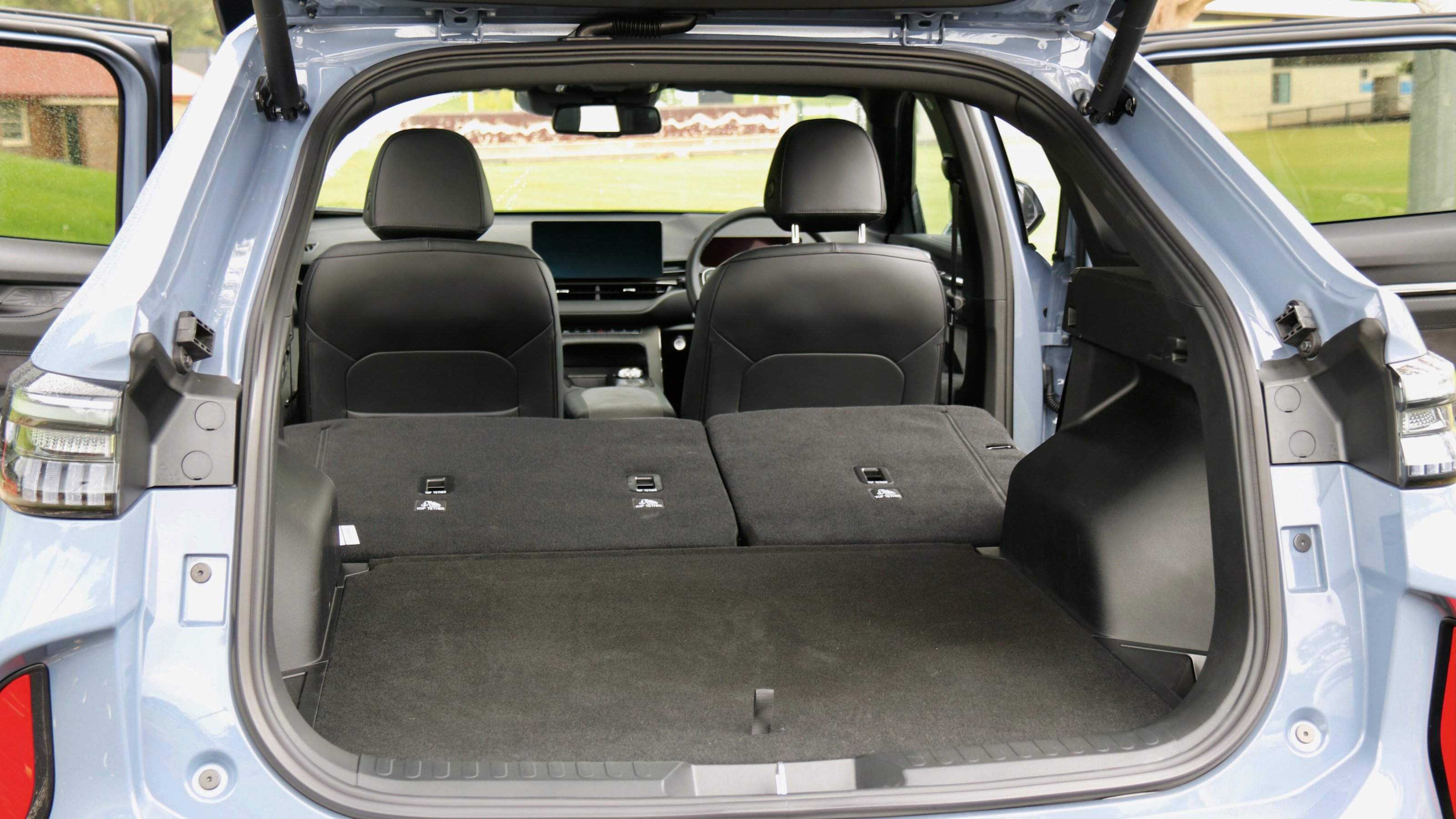
There’s definite appeal in the H6GT PHEV. It’s still fairly unique – especially for the price – and rivals like the BYD Sealion 6 and Mitsubishi Outlander PHEV are significantly slower. While its dynamics could be improved and the touchscreen is cumbersome, it’s still quick, practical and great value for money. Importantly, it also offers the best of both worlds for some buyers wanting to go green(er): EV driving range and no range anxiety.
| Model | GWM Haval H6GT Ultra PHEV |
|---|---|
| Price as tested | $54,485 drive away |
| Drivetrain | 1.5-litre turbo-petrol plug-in hybrid |
| Peak power/torque | 321kW/762Nm |
| Battery/peak charging speed | 35.4kWh ternary lithium/48kW |
| Transmission | two-speed automatic |
| 0-100km/h | 4.9 seconds |
| Top speed | 200km/h |
| Claimed EV range/fuel consumption | 180km and 0.2L/100km |
